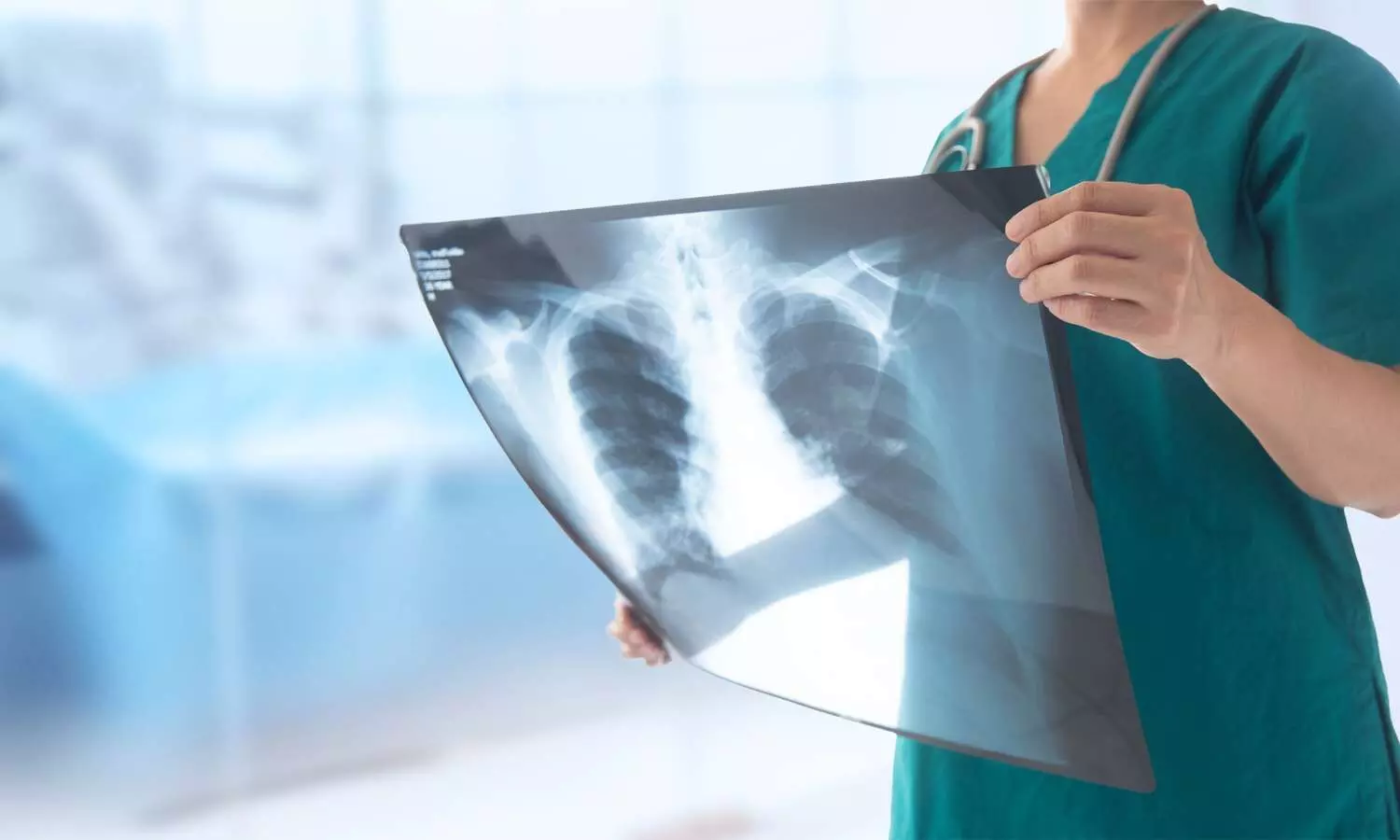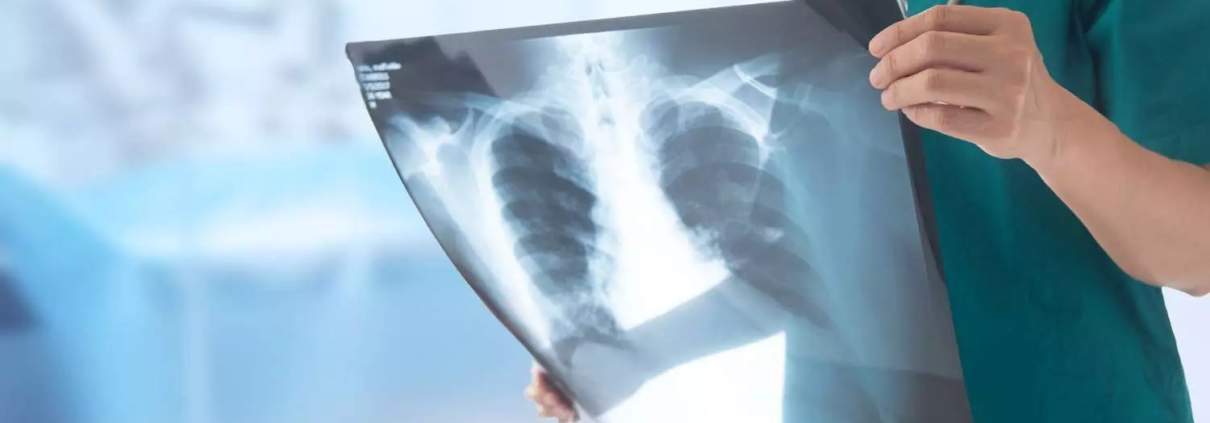Nurse-Performed Lung Ultrasound Shows High Specificity for Pulmonary Congestion: Study

Researchers identified that a single, skilled nurse could safely rule out pulmonary congestion in patients with acute kidney injury (AKI) with lung ultrasound (LUS), providing new promise for the inclusion of point-of-care imaging in nursing practice. In a prospective exploratory diagnostic accuracy study, LUS performed by a nurse had high specificity (94%) but moderate sensitivity (50%) for detecting pulmonary congestion in critically ill adults. The study was published in the International Journal of Nursing Knowledge by Bruna G. and colleagues.
The research was carried out from October 2022 to September 2023 in a Brazilian general hospital ICU. A convenience sample of 64 adult AKI patients admitted to the ICU were included. Bedside LUS was conducted by a critical care nurse according to the “Bedside Lung Ultrasound in Emergency” protocol. Pulmonary congestion was considered to be present when ≥3 B-lines in ≥2 intercostal spaces on both sides of the chest. These ultrasound results were subsequently compared to an independent reference standard of vascular congestion on chest X-ray or CT scan, interpreted by blinded intensivists.
The objective was to establish how precisely nurse-administered LUS can diagnose pulmonary congestion and whether these ultrasound results reflect nursing diagnostic models, specifically NANDA-I classification of “Excess Fluid Volume.”
Key Findings
• 14 out of 64 patients (21.9%) were detected to have pulmonary congestion by the radiological standard.
• LUS was 50% sensitive (95% CI: 23%–77%), i.e., correctly detected half of the true congestion.
• Specificity was 94% (95% CI: 89%–99%), i.e., LUS correctly excluded congestion in nearly all patients without it.
• Positive predictive value (probability that patients with positive LUS actually had congestion) was 70%, and the negative predictive value (probability that patients with negative LUS were actually congestion-free) was 87%.
• Nurse-performed LUS showed high agreement with radiology, with a Gwet’s AC1 coefficient of 0.77 (95% CI: 0.63–0.92).
• There were no reported adverse events from conducting LUS.
• The significant sonographic marker, ≥3 B-lines, correlated with NANDA-I defining characteristic of “pulmonary congestion” for the diagnosis code 00026 of Excess Fluid Volume.
In this pilot study, one experienced nurse could perform LUS with very good specificity to exclude pulmonary congestion in AKI patients admitted to intensive care units. The present results bring a new avenue for equipping nurses with point-of-care imaging, pointing out further research with greater numbers for full utilization of its diagnostic capabilities.
Reference:
Barbeiro, B. G., do Prado, P. R., Santos, V. B., Menegueti, M. G., Boling, B., & Gimenes, F. R. E. (2025). Diagnostic accuracy of nurse‑performed lung ultrasound for pulmonary congestion in acute kidney injury: An exploratory study. International Journal of Nursing Knowledge, 2047-3095.70018. https://doi.org/10.1111/2047-3095.70018



